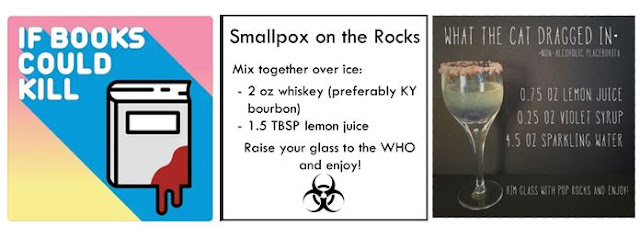The National Library of Medicine is pleased to announce that proximity search capabilities have been added to PubMed. Users can now search for multiple terms appearing in any order within a specified distance of one another in the [Title] or [Title/Abstract] fields.
How to Build a Proximity Search in PubMed
To create a proximity search in PubMed, enter terms using the following format:
"search terms"[field:~N]
- Search terms = Two or more words enclosed in double quotes.
- Field = The search field tag for the [Title] or [Title/Abstract] fields.
- N = The maximum number of words that may appear between your search terms.
For example, to search PubMed for citations where the terms "hip" and "pain" appear with no more than two words between them in the Title/Abstract search field, try the search:
"hip pain"[Title/Abstract:~2]
Search results may include hip pain, hip-related pain, hip joint pain, hip/groin pain, hip biomechanics and pain, pain after total hip arthroplasty, pain in right hip, and more.
See the PubMed User Guide and view the proximity searching tutorial for more examples and information about proximity searching in PubMed.
Figure 1: PubMed search page for hip pain.
PubMed Proximity FAQs
Proximity search adds another useful tool to your search toolkit. Searching for the same terms using a variety of techniques (e.g., combining terms with AND, searching for an exact phrase) and comparing the results can help you decide which option(s) to use. Proximity searching can be particularly helpful when searching for concepts that may be represented in multiple ways, or to capture variations of a phrase. For example, you may wish to find information about "healthcare rationing." The proximity search: "rationing healthcare"[tiab:~1] can retrieve citations where this concept appears as "healthcare rationing," "rationing of healthcare," "rationing strategies in healthcare," "rationing limited healthcare," and more.
There is no limit to the number of words you can search together with one proximity operator; however, the more words you include, the narrower your search becomes.
What N value to use will depend on your search. Try changing the N value and comparing the results to find what works best for your search.
A higher N value creates a broader, more comprehensive search; this will typically retrieve more results overall, but some of these results may be less relevant. Using the Boolean operator AND to combine terms may be more appropriate than proximity searching with a large N value.
A lower N value creates a narrower, more precise search; this will typically retrieve fewer results that are highly relevant but may exclude other relevant results.
If N=0, the quoted terms will appear next to each other--with no other words in between.
Yes, proximity searches can be combined with other search terms using Boolean operators, for example:
"standard care"[tiab:~2] AND lung cancer
Multiple proximity searches can also be combined using Booleans within one query, for example:
"standard care"[tiab:~2] AND "hip arthroplasty"[tiab:~1]
No, the order your search terms appear in results cannot be specified in a proximity search in PubMed.
Proximity search is available only in the [Title] and [Title/Abstract] fields.
Yes, you can use the full search field tags [Title] and [Title/Abstract] or the abbreviated search field tags [ti] and [tiab] interchangeably.
Proximity searching is not compatible with truncation (*) in PubMed. If the double quoted terms in a proximity search include a wildcard (*), the proximity operator will be ignored.
Automatic Term Mapping is not applied to proximity searches.
You can combine a phrase search and a proximity search in the same query using Boolean operators; however, it is not possible to specify that an exact phrase appears within a certain distance to other terms.
For example, with the query "acute migraine treatment"[ti:~1] AND "pain management", the terms "acute," "migraine," and "treatment" will appear in the title with no more than one word between them, and the phrase "pain management" can appear anywhere in the record.
The highlighting feature in PubMed does not incorporate query syntax; it uses simple term matching to show words from your query highlighted in bold when those word(s) appear in the search results. Check the full abstract if you are searching in the Title/Abstract field and you don't see the terms from your proximity search highlighted together in the preview "snippet" shown in the summary search results display.
Please view the Proximity Searching tutorial, and see the PubMed User Guide for more information about proximity searching.
If you have questions or feedback about this new feature, please contact the Help Desk using the Help link available at the bottom of every page in PubMed.





